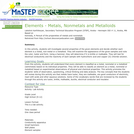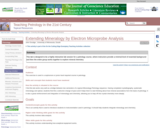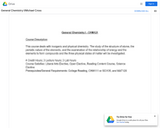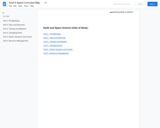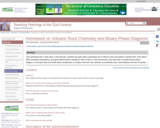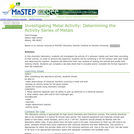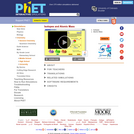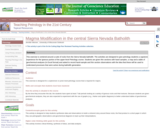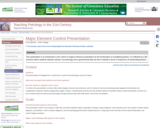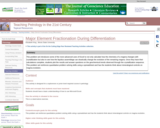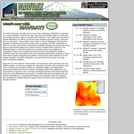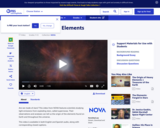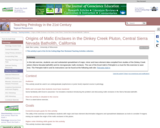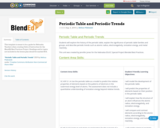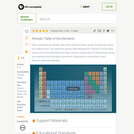The presentation is an introduction to the control of magma chemical compositions by the fractionation of crystallizing phases. It is followed by a lab exercise where students interpret volcanic rock petrology and a geochemical data set (from Iceland) in terms of sequences of fractionating phases.
It is a useful as an introduction because it shows clearly, with data points, interpreted lines, and oral explanation how fractionating crystals can, in principal, control the chemical composition of derivative magmas.
In context, this presentation is shown after phase diagram lectures and exercises, and it is linked to them by examining phase diagrams that illustrate the crystallization sequence (Olivine-plagioclase-augite). Further, a following lab exercise has the students deduce somewhat similar crystal fractionation controls for a set of Iceland lavas (for phenocryst petrology) and geochemical data sets (with which control lines are plotted).
The presentation itself is not enough to make the connection between liquid composition changes, phase diagrams, and chemistry, but in the context of earlier phase diagrams, presentation, return to phase diagrams, and the petrology-geochemistry Iceland exercise, it helps get across the idea of how crystal fractionation can control magma evolution.
(Note: this resource was added to OER Commons as part of a batch upload of over 2,200 records. If you notice an issue with the quality of the metadata, please let us know by using the 'report' button and we will flag it for consideration.)
